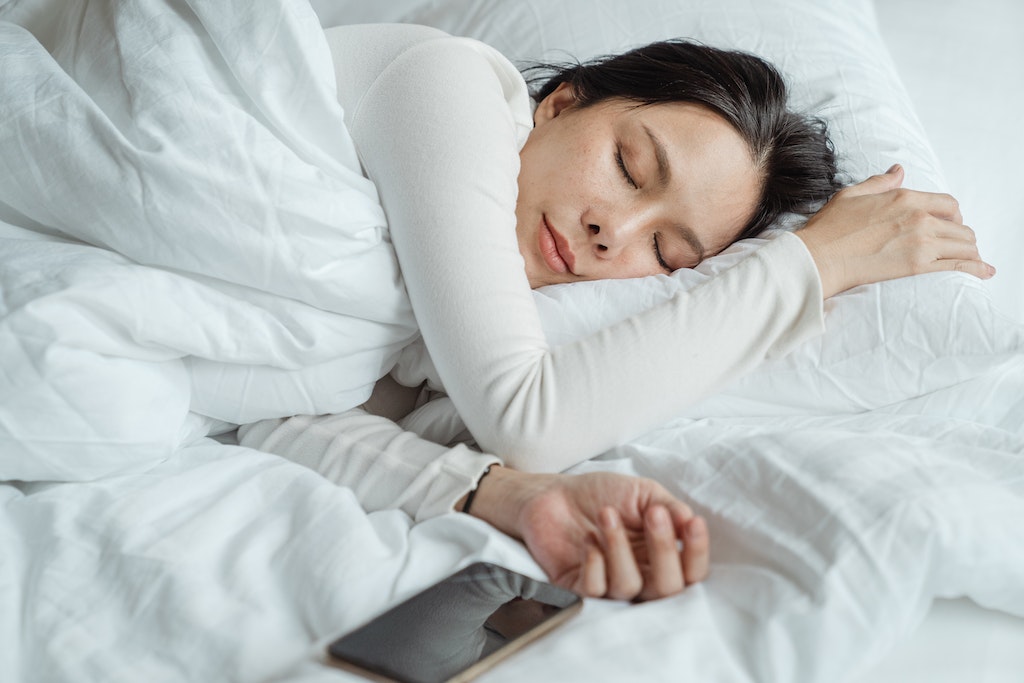Now that you have been prescribed with a CPAP device, getting used to wearing your new CPAP therapy device while sleeping and using it correctly every night are the first critical steps to successfully managing sleep apnea obstructive sleep apnea.
The next critical step in your therapy is learning how to properly clean and maintain the CPAP mask and hose and how often you should undertake this task.
Why CPAP Parts Need to Be Washed
OSA is a medical condition that can lead to serious health issues Health Issues and effective therapy is dependent on having and using reliable equipment. Keeping your CPAP device and CPAP equipment including mask, tube and humidifier chamber hygienic is key to maintaining its reliability and ensuring your good health.
Most CPAP masks are made with silicone cushions, designed to be comfortable, gentle and non-irritating. However, the material may wear out faster without proper care. Therefore cleaning your CPAP mask and hose regularly promotes good hygiene and helps your equipment last longer.
What Happens if You Don’t Clean Your CPAP Regularly?
CPAP machines are humid and often warm, making them the perfect home for mould, bacteria, viruses, and other harmful microbes. Cleaning your CPAP components regularly washes these microbes away and prevents them from reaching dangerous levels. But, neglecting your CPAP machine’s hygiene can lead to both acute and chronic respiratory conditions.
Regardless of your personal hygiene, facial oils will quickly build up on your mask’s cushion and headgear. Oil attracts dirt and bacteria, and the combination of these can quickly lead to acne and skin irritation around your mask.
Finally, a dirty CPAP machine will have a far shorter lifespan than one that is kept clean. Facial oils and dirt can degrade the materials your mask is made of, while mould and harmful microbes can also damage the hose or humidifier tank, leading to cracks or cloudiness.
How Often You Should Clean CPAP Parts
CPAP equipment manufacturers recommend regular cleanings. They advise washing out the mask, tubing and CPAP humidifier chamber at minimum once a week. Rinsing the mask and hose daily is good practice that helps keep them clean. If you are sick it is preferable that CPAP equipment is washed daily so you do not rebreather the infections. It is well established that viruses can remain on surfaces from a few hours to several days.
Most manufacturers and sites say that Cleaning the CPAP equipment well does not require expensive equipment or an excessive amount of time.
However, it is important to keep in mind that all the CPAP parts that come in contact with water will actually be at risk of developing dangerous mould, breeding viruses and bacteria CPAP Masks and bacteria, especially if they are not fully dried. To clean your CPAP properly and effectively will take time.
Sanitising your CPAP equipment with a product like the Lumin Sanitiser is prudent as it fast, and will kill 99.9% of germs, bacterial, mould and viruses.

